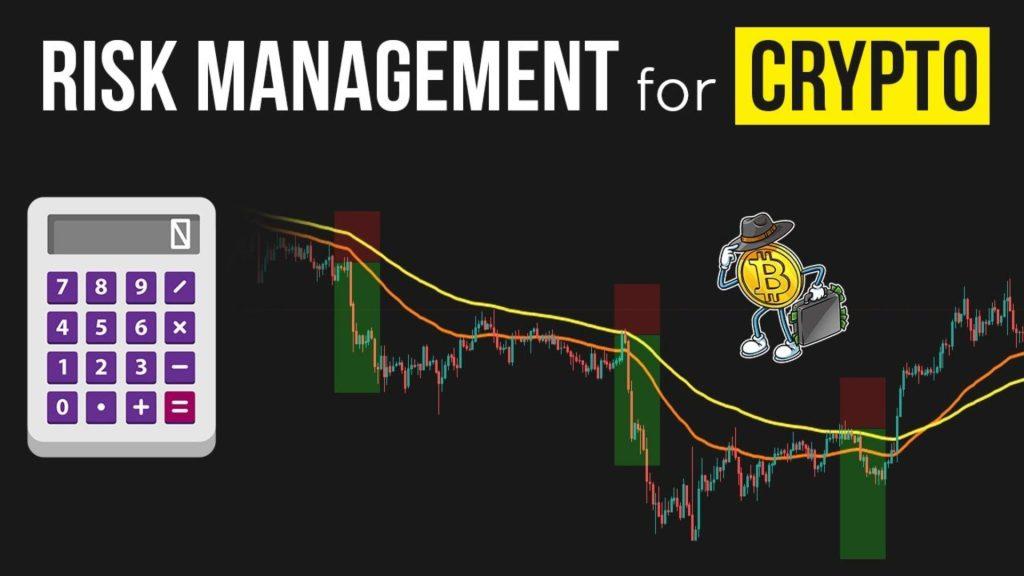In the rapidly evolving landscape of financial markets, cryptocurrency has emerged as both a revolutionary innovation and a subject of intense debate. As digital currencies like Bitcoin and Ethereum gain mainstream attention, families considering wealth diversification are faced with a pivotal question: Is investing in cryptocurrency too risky for family wealth? This inquiry is not merely academic; it touches on the core of financial security, legacy planning, and risk management. In this article, we will dissect the inherent risks and potential rewards of cryptocurrency investments, providing a balanced analysis that empowers families to make informed decisions. By examining market volatility, regulatory challenges, and the unique attributes of digital assets, we aim to illuminate whether cryptocurrency can be a viable component of a family’s wealth portfolio or if it remains a speculative venture best approached with caution.
Understanding Volatility and Market Dynamics
In the ever-evolving world of finance, understanding the nuances of volatility and market dynamics is crucial, especially when it comes to cryptocurrencies. Unlike traditional markets, the crypto landscape is characterized by rapid price fluctuations, driven by factors such as regulatory news, technological advancements, and market sentiment. This inherent volatility can lead to significant gains but also substantial losses, making it imperative for investors to thoroughly assess their risk tolerance.
Key aspects to consider include:
- Market Liquidity: The ease with which an asset can be bought or sold without affecting its price.
- Regulatory Environment: Ongoing changes in legal frameworks can impact market stability and investor confidence.
- Technological Developments: Innovations or failures in blockchain technology can significantly influence market trends.
- Investor Sentiment: Public perception and media coverage can rapidly alter market dynamics.
By staying informed and strategically navigating these elements, investors can better manage the risks associated with cryptocurrency investments and make informed decisions that align with their financial goals.
Evaluating Security Concerns and Regulatory Challenges
When assessing the potential of cryptocurrency investments for family wealth, it’s crucial to weigh the security concerns and regulatory challenges that come with this digital frontier. The decentralized nature of cryptocurrencies offers both an advantage and a vulnerability. While blockchain technology provides a robust security framework, it is not impervious to threats such as hacking and phishing attacks. Moreover, the anonymity associated with cryptocurrencies can sometimes be exploited for illicit activities, further complicating security measures.
On the regulatory front, the landscape is continuously evolving and varies significantly across jurisdictions. This inconsistency can create uncertainty for investors. Key considerations include:
- Legal Ambiguities: Many countries are still formulating their stance on cryptocurrencies, leading to potential legal risks.
- Tax Implications: The taxation of digital assets can be complex, and non-compliance might attract penalties.
- Compliance Requirements: As regulatory frameworks mature, they may impose stringent compliance measures, impacting the ease of trading.
Understanding these elements is essential for families considering cryptocurrency as part of their investment strategy, ensuring informed decisions that balance potential gains with the inherent risks.

Assessing Long-term Viability and Growth Potential
When evaluating the long-term viability and growth potential of cryptocurrency as an investment for family wealth, several critical factors come into play. First, it’s essential to recognize the volatility inherent in digital currencies. Unlike traditional assets, cryptocurrencies are subject to dramatic price swings, which can lead to substantial gains but also significant losses. Despite this volatility, the underlying blockchain technology offers promising avenues for innovation and disruption in various industries.
Investors should consider the following when assessing growth potential:
- Regulatory Environment: Changes in regulation can either bolster or hinder the adoption of cryptocurrencies. Monitoring global regulatory trends is crucial.
- Technological Advancements: Continued innovation in blockchain technology can enhance scalability, security, and efficiency, thereby increasing adoption rates.
- Market Adoption: The increasing acceptance of cryptocurrencies by businesses and consumers can drive long-term growth.
- Institutional Involvement: As more institutional investors enter the market, cryptocurrencies may gain stability and legitimacy.
Understanding these dynamics can provide a clearer picture of whether cryptocurrency aligns with your family’s financial goals and risk tolerance.

Strategic Diversification and Risk Management Techniques
In the ever-evolving landscape of financial investments, strategic diversification plays a pivotal role in safeguarding family wealth. While the allure of cryptocurrency’s high returns is undeniable, it is crucial to balance this potential with calculated risk management techniques. One effective strategy is to integrate cryptocurrencies as a part of a broader, well-diversified investment portfolio. This approach not only mitigates risks but also capitalizes on various market opportunities.
- Asset Allocation: Distribute investments across different asset classes to reduce exposure to any single risk.
- Regular Rebalancing: Adjust the portfolio periodically to maintain the desired level of risk and return.
- Hedging Strategies: Use financial instruments such as options and futures to protect against potential losses.
- Continuous Monitoring: Stay informed about market trends and regulatory changes affecting the cryptocurrency market.
By adopting these techniques, families can harness the benefits of cryptocurrency while minimizing potential downsides, thus ensuring the stability and growth of their wealth over time.



